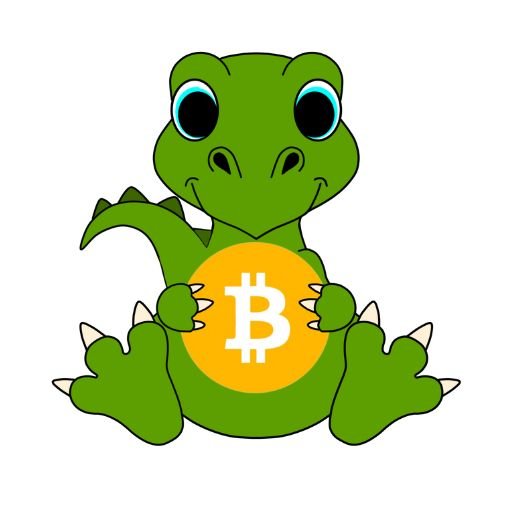
How Bitcoin Works
Bitcoin operates on a blockchain, which is a decentralized ledger that records all transactions made with the currency. Every time a transaction occurs, it is verified by a network of computers (nodes) and added to a block.
Here’s how a basic transaction works:
A user initiates a transaction to send Bitcoin to another wallet.
The transaction is broadcast to the network.
Miners validate the transaction by solving complex mathematical problems.
Once validated, the transaction is added to the blockchain.
The recipient receives the Bitcoin.




